Quick Overview

It has evolved from a specialised graphics card manufacturer to a global leader in gaming, artificial intelligence, and excessive overall performance computing.Both laptop enthusiasts and industry professionals find NVIDIA Corporation appealing. With the help of Jensen Huang, Chris Malachowsky, and Curtis Priem, NVIDIA was founded in 1993 and has consistently led the way in technological advancement since then. This blog examines NVIDIA’s amazing journey, including its development, significant turning points, emerging technologies, and potential future developments.
Early Years: Creating a Revolution in Graphics
Founding and Initial Success
NVIDIA was founded in April 1993 with the intention of transforming the creation of images. Early on, the company concentrated on expanding the market for high-performance graphics chips for personal computers, which was expanding and showed tremendous development potential. The employer took a stride ahead in 1995 with the release of NVIDIA’s first product, the NV1. The NV1 evolved into a unique product that combined 3-D, music, and images, but it faced intense competition from other market players. NVIDIA’s success in the future was made possible by the NV1, despite the fact that it received mixed reviews.
Birth of the GeForce Series
When the GeForce 256 was released in 1999, NVIDIA actually saw a radical transformation. By adding a separate CPU to handle graphics operations, the GeForce 256, which was marketed as the first GPU (Graphics Processing Unit) in history, revolutionised the computing age. This innovation transformed the PC gaming industry by raising the bar for overall performance and realism to previously unheard-of levels. The success of the GeForce 256 paved the way for further advancements and helped NVIDIA establish itself as a major force in the photography industry.
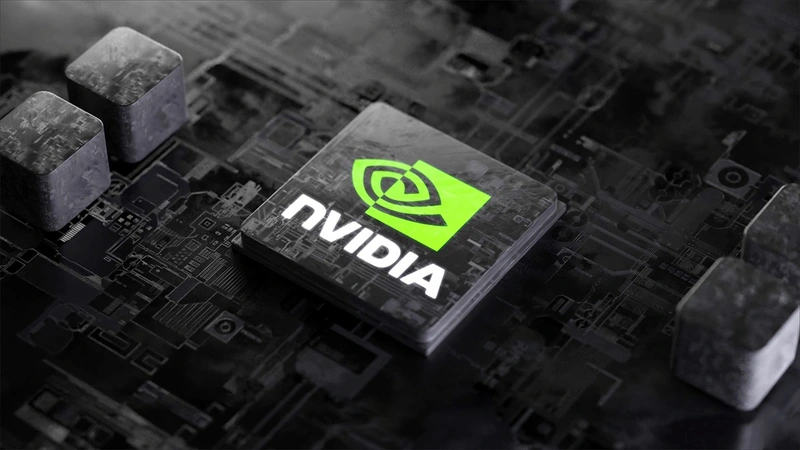
Progressing with Graphics Technology
Rise of the GeForce Family
Following the success of the GeForce 256, NVIDIA continued to improve and expand its range of products. The release of the GeForce2 family in 2000 marked a significant advance in both overall performance and visible quality. Since the GeForce3 series’ programmable shaders were introduced in 2001, developers have been able to create a growing number of challenging and useful graphical effects. The capabilities of games and multimedia applications have increased with each new GeForce picture card technology.
SLI Technology’s Effect
Since NVIDIA introduced the SLI (Scalable Link Interface) technology in 2004, users have been able to enhance performance by linking multiple graphics cards together. This invention became extremely vital for pros and enthusiasts who desired the great pictures overall performance. The advancement of SLI technology has become a key component of NVIDIA’s high-speed image processing capabilities and has driven developments in computational gaming and portraiture.
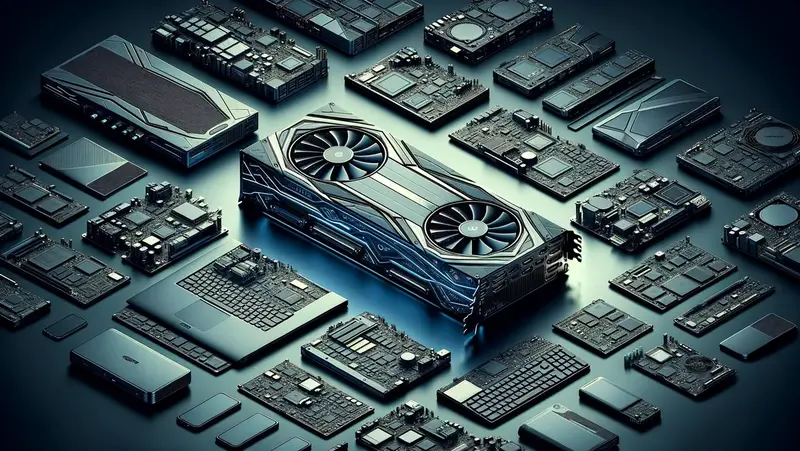
Getting Started in the AI and High-Performance Computing Worlds
CUDA Revolution
NVIDIA made its GPUs available to developers for widely-motivated computing tasks in 2006 with the launch of CUDA (Compute Unified Device Architecture), a parallel computing platform and programming style. Scientists and engineers may now exploit the incredible processing power of NVIDIA GPUs for a wide range of applications beyond graphics, such as clinical simulations, machine learning, and fact evaluation, thanks to CUDA. NVIDIA joined the domains of artificial intelligence and high-performance computing with this transition.
Advent of Tesla GPUs
The introduction of the Tesla GPU architecture in 2008 marked one particularly significant advancement in its history. Tesla GPUs are designed with a focus on scientific computing and facts center applications, and are suited for parallel processing and high-performance computing workloads. This structure made significant advancements in areas like financial evaluation, drug development, and weather modeling feasible by setting the foundation for NVIDIA’s future contributions to artificial intelligence and statistics technology.
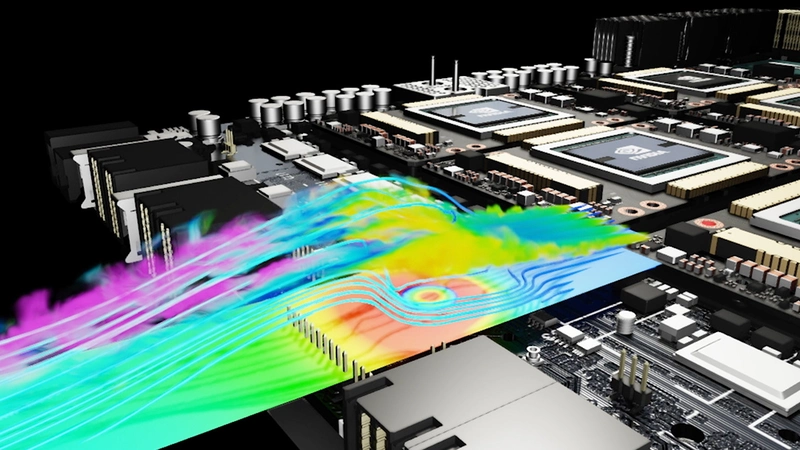
Function in Deep Learning and AI
Rise of Deep Learning
Deep learning, a branch of artificial intelligence that involves large-scale neural network training, has given NVIDIA new commercial enterprise opportunities. In 2012, AlexNet, a deep learning version trained on its GPUs, achieved unprecedented overall performance, demonstrating the GPUs’ potential to improve AI research. This accomplishment evaluated how its hardware pushes the boundaries of laptop vision and system intelligence.
Volta and Turing Architectures
In 2017, NVIDIA highlighted their continued innovation with the release of the Volta architecture. The Tesla V100 GPU, which is based on Volta, has Tensor Cores designed specifically for AI and deep learning applications. The Volta architecture has the potential to yield significant overall performance enhancements and has proven essential for data center initiatives and artificial intelligence research.
With the release of NVIDIA’s Turing structure in 2018, AI performance become considerably improved and real-time ray tracing capabilities have been offered. The Turing-based GeForce RTX series elevated the standard for graphical realism and performance in video games with the introduction of current features like real-time ray tracing and Deep Learning Super Sampling (DLSS).
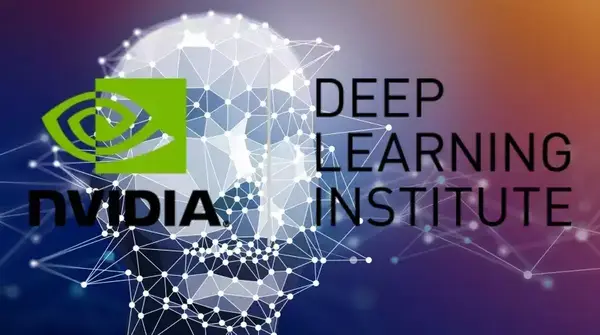
Part in Gaming: Creating Interactive Entertainment’s Future
The Impact of Ray Tracing
Since the RTX collection’s introduction, it has prioritized ray tracing, a rendering technique that imitates the behavior of mild to produce incredibly useful images. With the introduction of real-time ray tracing capabilities in video games, a significant advancement in visual consistency became possible, enabling more accurate lighting, shadows, and reflections. This development established a new standard for graphical realism and had an impact on game developers making games for the upcoming technology.
The Role of DLSS
Developed by NVIDIA, Deep Learning Super Sampling (DLSS) is another current technique. With the use of AI, DLSS completes the real-time upgrade of lower-decision images, improving both performance and visual quality. Thanks to DLSS, which makes use of Tensor Cores, gamers may also enjoy excellent overall performance and precise detail without consuming a lot of processing power. NVIDIA’s RTX graphics cards employ this generation, which has developed into a significant part, with each successive generation.
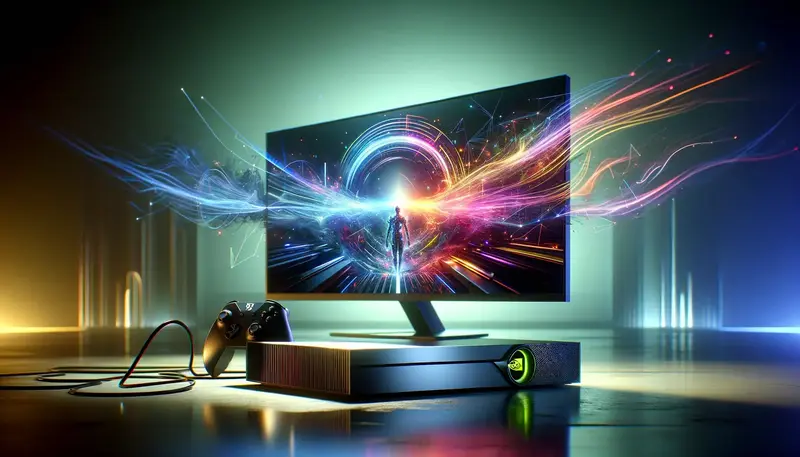
Growth into Novel Markets
Cloud computing and data centers
It affects cloud computing and data centers in addition to AI and games. The GPUs that the company manufactures are crucial for cloud-based applications and massive data processing. The NVIDIA A100 Tensor Core GPU was released in 2020 and is designed for AI workloads and statistics facilities. It offers exceptional performance for sports applications such as large-scale neural network education and cutting-edge simulations.
In addition, NVIDIA introduced the NVIDIA DGX A100 system, an integrated AI supercomputer intended to expedite AI research and development. With the help of this device, researchers can now address many of the most difficult problems in artificial intelligence and statistics technology.
Autonomous Vehicles
The car industry has also benefited from NVIDIA’s advancements, particularly in the field of independent riding era development. NVIDIA’s DRIVE platform offers a wide range of hardware and software options for independent motors. This platform includes everything from AI-enabled cameras and sensors to modeling tools for authentication and cross-checking. because of has ideal surroundings for the creation of autonomous vehicles.It is driving the advancement of the automobile era and transforming the future of transportation.
Difficulties and Debates
Attempt at ARM Acquisition
Leading software design and semiconductor company ARM Holdings was acquired by NVIDIA, the business learned in 2020. The purchase was viewed as a planned move to strengthen its position in artificial intelligence and computers while also expanding its influence in the semiconductor industry. However, a number of parties, including rivals and regulatory bodies, opposed the acquisition, and it was the subject of a thorough regulatory examination. The agreement turned into ultimately scrapped in early 2022 due to regulatory hurdles, illustrating the problems associated in major tech mergers and acquisitions.
GPU Shortages and Market Dynamics
A global shortage of semiconductors led to significant disruptions in supply chains and a shortage of GPUs, which was exacerbated by the COVID-19 pandemic. Like many other companies from that era, NVIDIA struggled to meet the increasing demand for its picture cards and other products. Experts, educators, and gamers who rely on its gear had to pay extra and wait longer for their purchases as a result of the shortage.
NVIDIA’s future
Emerging Technologies and Trends
Its future course is anticipated to be influenced by numerous contemporary characteristics and inclinations. Its hardware and software solutions will continue to be required because to the ongoing advancements in artificial intelligence and device learning. Because quantum computing, AI, and neuromorphic computing have the potential to open up new avenues and applications, NVIDIA is also curious about these developments.
Increasing Ecosystem and Collaborations
one of its objectives is to use partnerships and cooperation to better its surroundings. The company has excellent partnerships to advance its age and foster innovation with top IT companies, colleges, and builders. As a result of its partnerships with agencies like Microsoft, Google, and Amazon, cloud structures and agency apps are currently using its GPUs and AI technology.
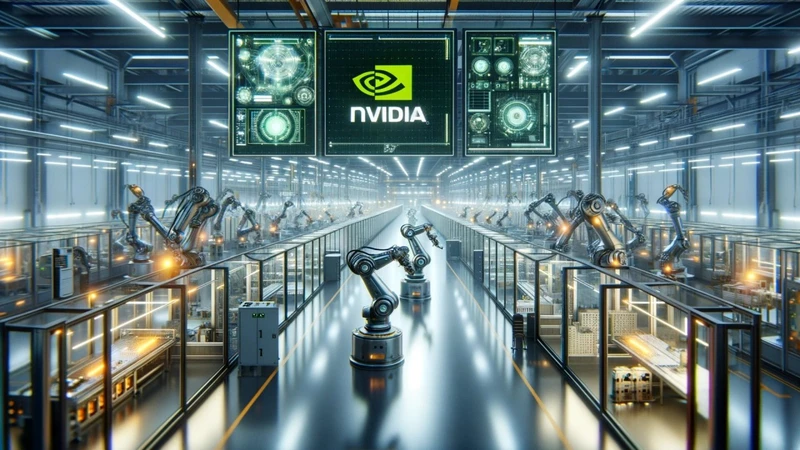
Overview
NVIDIA’s evolution from a company that produced picture playing cards to a leader in artificial intelligence, gaming, and high-performance computing is proof of its inventiveness and vision. The company’s contributions to data centers, artificial intelligence, and picture technology have changed industries and connected up new overall performance and functionality requirements. Its objective remains to drive technological advancements and mold computing’s future, despite the fact that it keeps pushing the boundaries of the industry.
It is well-positioned to thrive at the forefront of technological innovation because of its solid foundation in the age of images, innovative spirit in artificial intelligence and device research, and resolve to take on new challenges. Its ability to adapt to a rapidly evolving technological landscape and drive the next generation of computing and artificial intelligence developments will determine its long-term viability.
For more blogs on new latest mobile Technology visit TECHMOBUZZ or check us on Facebook.



